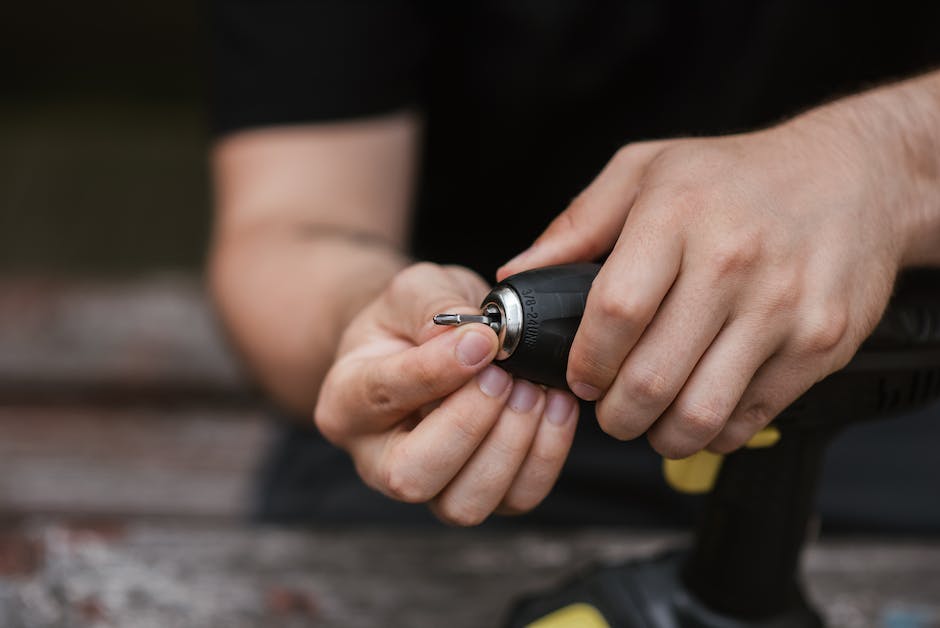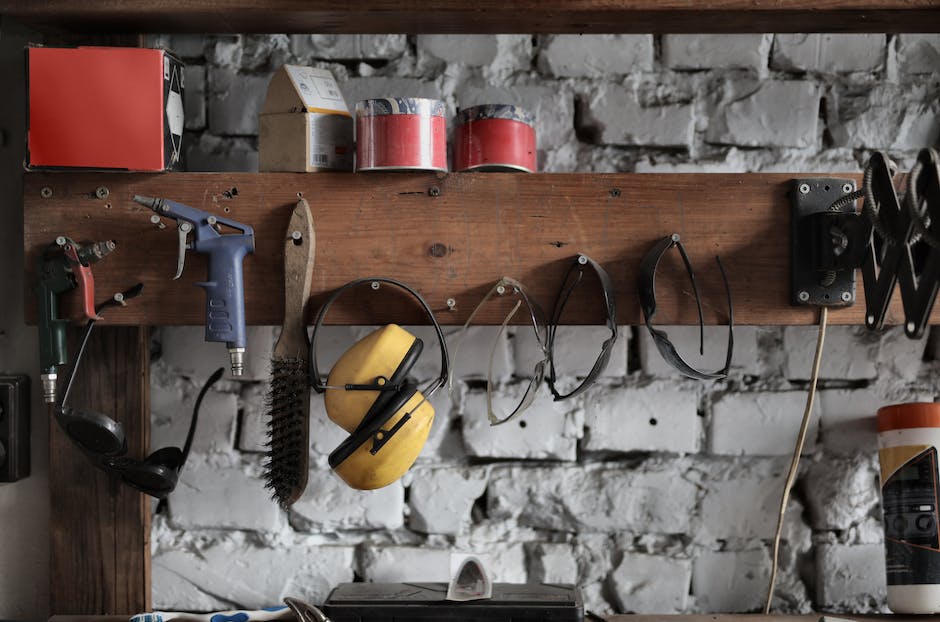A drill bit’s diamond core is one of the most important parts it possesses. The diameter and gauge (width) of the diamond core are crucial to how well it drills, as well as what size hole it can create.
In drilling, diamonds that are too thin will not hold their shape, resulting in wasted bits that must be replaced too often. Too thick of a diamond may break off during use, requiring you to start over or buy new bits.
This would also cost you money since they are usually sold in bulk packing! Luckily for you, we have compiled some information about different types of diamond drill bits and why each one works better than the others.
Different types of diamond core drilling

There are two main types of diamond drill bits used in most professional mining settings- polygonal drag bits and cone-shaped rotary drills. Polygonal drag bits use cutters that stick out to scrape away material as it is dragged across the surface being drilled.
Conical or “cone” shaped drills have only one cutter attached to the end of a shaft, which spins as the machine uses torque from the rotating motor to push the bit into the rock.
These bits work by creating friction between the spinning shank and the hole wall due to the hardness of the material. This hardens the tip of the bit, making it more durable and effective at cutting harder materials. It also helps give you better control over how deep you go down since there’s less risk of slippage.
What does it mean when a drill bit wears out
When a drill bit gets too dull, it is no longer capable of cutting hard materials. It may also get stuck in your material as you create holes or break down the material.
This could be due to improper use or overuse of the drill bit. Sometimes bits just run out of life and need to be replaced.
It is very important to know what kind of drill bit you have before replacing it. You can test this by trying to see how many times a given size bit will cut through a piece of paper.
How to repair a drill bit

One of the most common things that can happen to a drill bit is breakage at the cutting edge. This happens for many reasons, but one of the biggest factors is using the wrong size bit for the job!
If you are trying to take very even slices or circles with your cutter, then it is important to use a coarser (larger diameter) bit. If you want to make very thin cuts, use a finer (smaller diameter) bit.
By changing the size of the bit, you can achieve this! So instead of buying a $15 handheld power tool, buy a $30 corded model so you have more control over the settings and precision.
Another cause of broken bits is hitting hard materials like metal with the cutter. Because heavy equipment has built-in safety features to protect them, some makers leave out any kind of chip breaker or fluting (grooves designed to help cool the bit).
This could result in overheating and breaking of the blade.
Tips for diamond core drilling

Now that you have your drill bits ready, it’s time to learn how to use them! While there are two basic styles of diamond drill bits, they all work in very much the same way.
The 1st one is core drill bits and the 2nd one is blunt nose bits:
Core drill bits are a type of drill bit that is designed to remove a cylindrical core of material from a workpiece. They are typically used to create holes with a specific diameter and depth, such as rocks, marbles, stones, etc. Compared to blunt nose bits, it can drill at a faster speed.
Blunt nose bits, also known as flat nose bits, are a type of drill bit that has a flat tip rather than a pointed tip. They are typically used for drilling into materials that are softer or less dense, such as wood or plastic, and are less likely to cause splintering or cracking in these materials than a pointed bit would. They can also be used for drilling into materials at a specific depth without breaking through the surface.
The first thing is to make sure that you have enough bit material to do the job. You don’t want to run out before you start drilling, especially with expensive tools!
Once you have determined the length of the piece, you will then need to figure out how many pieces you will need to cut the required number of bits. This depends on the machine setting as well as the diameter of each bit.
Know the signs of diamond core drilling
There are several warning signs that can indicate when drill bits need to be replaced or new ones are needed. If you notice any of these symptoms, stop using your current bit immediately and look up how to get replacements for it!
Usually, the length of time that a bit will last is determined in one use only. Because different drills perform different tasks, each one has its own lifespan.
Your equipment should make frequent mention of how many turns depth equals, but it never does. That’s a red flag. You may also experience squeaking or grinding while using the tool, which could mean it needs to be retired as well.
If you feel more careful with your hand, then chances are it already has lost strength due to excessive use. This is why it is important to know what tools are designed to handle just a few uses before needing an upgrade.
Know the different types of diamond core drilling
There are two main types of drill bits used for diamond-core drilling, spade bit and gouge bit. Spade bits are typically used for drilling very smooth or flat surfaces, while gouge bits are better for drilling grooves or holes.
The most common type of diamond-core drills is hybrid bits which combine both qualities in one tool! These can be quite expensive depending on how much material you have to remove, so make sure to do some research before investing in one.
Popular drilling projects

Another way to make your drill bit last longer is by changing out your diamond core bits. Most major tool manufacturers have designed their own version of a diamond core drill bit, making it very difficult to compare one brand’s drill bit to another’s.
That being said, there are some really popular drill bit types that most people use. Some of these include:
Rotary hammer bits – These use pressurized air or hydraulic fluid to create a tip explosion that smashes the workpiece. Because they utilize energy from compressed fluids, this type of bit can be used in any environment and will not need to be cleaned regularly.
Circular saw blades – These come with solid carbide tips that span several inches and are attached to a thicker part of the blade that acts as the cutting edge. Due to its thickness, this cutter becomes more stable as it cuts deeper into the material, which helps prevent slippage.
What is a good quality drill bit?

The way to determine if a drill bit is your favorite style is by its shape. Different shaped bits perform their function very differently, so it is important to know which ones you like!
Trace bit styles are typically rounded or have smooth edges designed for drilling through soft materials. These do not have much of an edge that helps push cut pieces away from the hole. Because they are more likely to hit hard material, these types of bits tend to lose focus and need to be changed more frequently.
Rough-edge drills are similar to trace bits but have slightly sharper edges instead. This gives them better performance in harder materials, as well as making them last longer due to the heavier use.
Culture chip-style drills are thinner than either of the other two categories and this allows them to work with thicker materials. They also rotate at higher speeds which helps create bigger holes. Culture chips are known to develop thick grooves along the top surface which acts as a protective layer for the drill bit.
FAQ’s
What are diamond core bits?
Diamond core bits are drill bits that contain diamond particles on the tip, used to drill through hard and abrasive materials, such as concrete and granite, and used in mining, construction, geotechnical, and environmental drilling.
Will a diamond core drill go through steel?
It is not recommended to use a diamond core drill on any metal or soft materials like softwood because the diamond segments are specifically designed to cut through hard and abrasive materials, so they may not be as effective on softer materials and may cause excessive wear.
How deep can a diamond core drill go?
In addition to drilling through the most rigid materials, it produces less noise. The diamond drill is versatile and can be used for a wide array of cutting applications; it can cut in any depth up to 1000 millimeters. However, it’s worth noting that the drilling depth may be limited by other factors
Conclusion:
I hope, In this article, you will have to get a guide about diamond core drill bits and many other questions I have tried to cover in this guide. If You want to get more information about any other products related to drilling machines and their accessories so you can see It would be appreciated for us to create more informational content for yours.
Thanks for reading!
